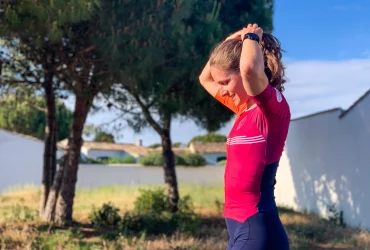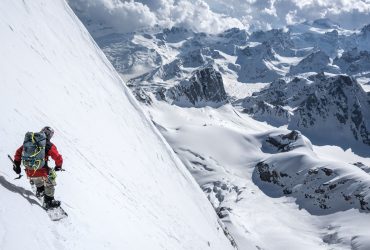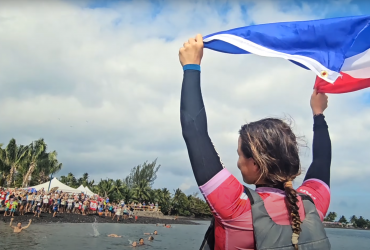Considered as one of the best spots in Brittany, Saint-Pierre-Quiberon is now also the first wave reserve in France. And it is precisely a surfer who is at the initiative.
Erwan Simon is an adventurer surfer who travels the world in search of the most remote and unknown waves. Based in Brittany, he also knows the Breton spots like the back of his hand, especially the one in Saint-Pierre-Quiberon. It is this spot that he chose to create a few months ago the first wave reserve in France. Objective: Protect the place and preserve the hydrodiversity which results from it, that is to say all the biodiversity present on the place.
Her initiative was supported from the outset by the mayor of Saint-Pierre-Quiberon, Stéphanie Doyen, and adopted by the town council last February. While the action is symbolic for the moment (the project is currently recognized as being in the public interest), it could ultimately lead to targeted decisions by the public authorities to protect this marine environment as effectively as possible.
The zone extends over a kilometer in length and up to 300 meters from the shore. With its association "France Hydrodiversity"Erwan Simon explained his approach to France 3 Bretagne I write a lot of articles about the surfing world, and I'm also in charge of finding new spots for the specialist press. I've been to 65 countries and seen an incredible diversity of waves. During my work, I was told about hydrodiversity. The idea of a wave reserve in France was born. A concept that already exists in other countries around the world."
"Each wave has its own unique way of breaking, and certain spots are remarkable for this, like the Pointe de la Torche in Finistère, renowned among surfers, or Quiberon in Brittany. I learned about hydrodiversity, a bit like biodiversity. This means that depending on the seabed, the sand, the coral, the rocks or even the orientation of the coastline, the winds and the propagation of the swell, the waves all have their own particularities."
"Fifteen years ago, a project to pump sand to make cement in the Quiberon area was almost carried out, but stopped by associations. Today, the Groix-Belle-Île floating wind farm project could also have an impact on the area's waves. We must remain vigilant.
Especially since some surf spots have already disappeared, such as La Barre in Anglet, which has suffered the consequences of the construction of a dam, or the spot of Mundaka in Spain, where sand extraction projects have long threatened this spot, which is renowned for its surfers. From now on, Erwan Simon hopes to multiply initiatives of this kind in the Basque Country, the West Indies or Polynesia. Ideally, this new system should be enshrined in law, in the same way as Natura 2000 or the Coastal Act.











